Science Illustrated delivers natural science, break through discoveries and an understanding of the world for the entire family. Packed with stunning photography and in-depth editorial it’s a visually spectacular gateway to the world looking into the beginning of life to distant objects in the universe.
Win A Tefal® PRIZE PACK! • Everyday cooking is easier with Tefal. Taking the hassle out of midweek meals and special dinners, Tefal helps you create flavour-filled food with less stress.
Science Illustrated
Sun trap: solar gas ejections behind space station fly-by
Ivory imprints: new powder helps to identify smugglers
Huge planet formed in record time • Scientists have discovered a new and very young world that challenges our previous assumptions about planets. A very special circumstance led them to the strange discovery.
Sabre-toothed cub emerges from the permafrost • The frozen ground of Siberia includes many well-preserved ice-age animals, and scientists have found a cub that looks nothing like any modern species.
Jelly hoodies trawl for prey 2km down • Monterey Bay scientists have described a new species living in the darkness of the oceans more than a kilometre deep. It belongs to a group of animals that has never been observed free-floating in the deep ocean column before.
Yo-yo weight gain explained: fat-cell ‘memory’ brings it back • In a experiment with mice, researchers may have discovered why patterns of weight cycling can occur. But the news may not be good for those who are already obese.
Coffee can improve intestinal health • One of the world’s most-consumed beverages may also be a treat for the community of microorganisms inhabiting your gut.
Wildlife-detection dogs for lost lizards • A team of Wildlife Detection Dogs has been trained to sniff out the Victorian Grassland Earless Dragon.
Amber is proof of rainforests in Antarctica • Almost 1km beneath Antarctica’s sea ice, scientists have made a discovery which shows that the South Pole once had a lush forest landscape.
Bees seem to count from left to right • Honey bees like large quantities on the right, reveal Australian researchers.
Hyperactive genes trigger sclerosis • Using a twin study, researchers have managed to detect what may be early signs of the severe disease before it develops.
Uranus more favourable for life • When NASA measured Uranus and its moons back in 1986, the results seemed to cast doubt on any possibility of life. But a new analysis may change that.
Scientists were wrong about how Yixian Formation dinosaurs were killed • The unique fossils of the Yixian Formation have long been thought to have been buried in volcanic ash, preserving them in a time capsule. But that may be wrong.
Black hole grows 40× too quickly • The speed of growth in a supermassive black hole 1.5 billion years after the Big Bang is surprising scientists, opening new questions around black hole development.
Scientists film the process of ovulation for the first time • Scientists have observed and recorded ovulation – in mice – from beginning to end for the first time. The footage reveals unprecedented details about the life-giving process.
Did the first humans see the same constellations we do? • “I thought the constellations were fixed, but now I realise that individual stars move over time. So does that mean that constellations looked different thousands of years ago?”
Is itching contagious? • “Why does my skin start tingling when others scratch themselves – even if I just see pictures of lice moving?”
Why does my dog eat grass?
Which is the most abundant element on Earth? • “I heard that hydrogen is the most common element in the universe. Is this also true on Earth?”
What...
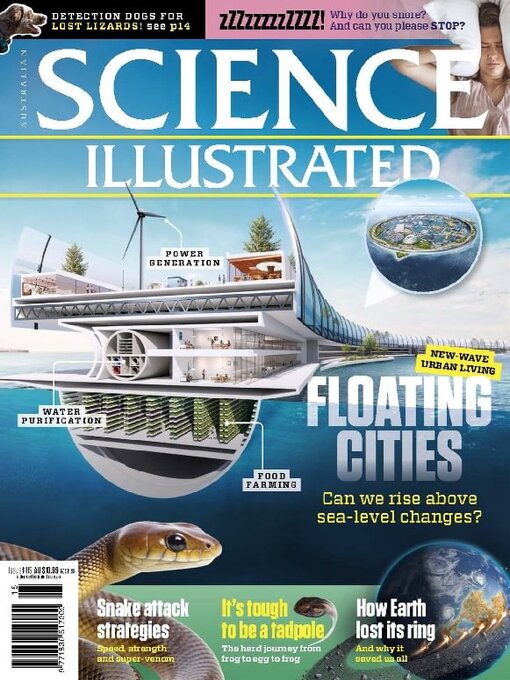
 Issue 115
Issue 115
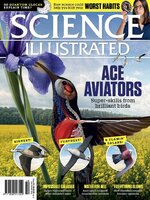 Issue 114
Issue 114
 Issue 113
Issue 113
 Issue 112
Issue 112
 Issue 111
Issue 111
 Issue 110
Issue 110
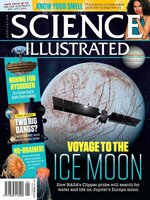 Issue 109
Issue 109
 Issue 108
Issue 108
 Issue 107
Issue 107
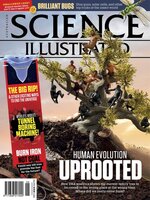 Issue 106
Issue 106
 Issue 105
Issue 105
 Issue 104
Issue 104
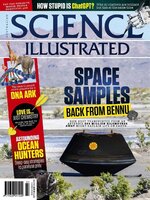 Issue 103
Issue 103
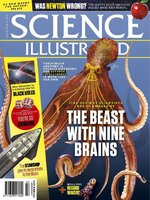 Issue 102
Issue 102
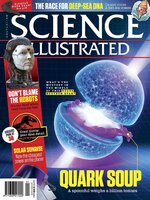 Issue 101
Issue 101
 Issue 100
Issue 100
 Issue 99
Issue 99
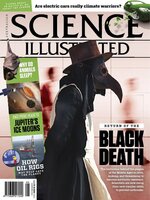 Issue 98
Issue 98
 Issue 97
Issue 97
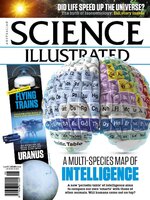 Issue 96
Issue 96
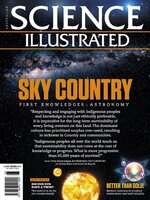 Issue 95
Issue 95
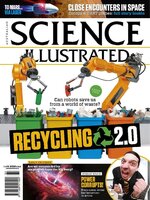 Issue 94
Issue 94
 Issue 93
Issue 93
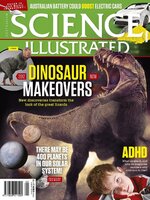 Issue 92
Issue 92